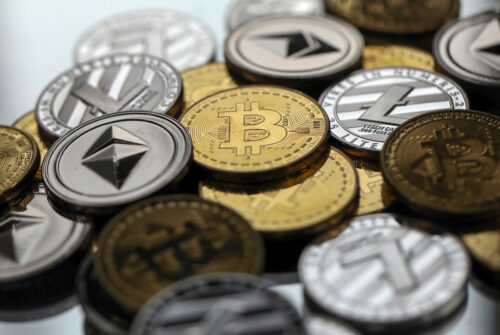
Ether (ETH) price has been on an upward trend for the past 10 days, accumulating gains of 21.5% during this period as it flirts with the $2,800 level. The bullish momentum in cryptocurrencies is attributed to the strong inflow into the recently launched spot Bitcoin (BTC) exchange-traded fund (ETF) in the U.S. However, Ether has additional drivers that could potentially propel its price above $3,000—a level that left scars the last time it was tested in March 2022. Will Ether’s eventual rally to the $3,000 turn out differently this time?
From a bullish perspective, Ether could consolidate its vice-leadership as the second cryptocurrency to have its spot ETF listed on U.S. exchanges. This would distinguish it from competitors such as Solana (SOL) and BNB Chain (BNB) in terms of access and regulation. Exchanges, including Binance and Coinbase, are still facing lawsuits from the U.S. Securities and Exchange Commission (SEC) regarding security offerings. Therefore, an Ethereum ETF approval in the U.S. would significantly diminish uncertainty for its investors.
Other positive drivers for Ether include the Dencun network upgrade, expected on March 13. The hard fork aims, among other things, to reduce transaction costs on the Ethereum layer 2. By offering more block space and reducing gas costs for rollups, these changes could potentially boost the usage of its decentralized applications (DApps) and increase deposits in its smart contracts. This, in turn, translates to a higher demand for ETH.
Ether bulls have multiple reasons to believe that $3,000 is within arm’s reach, but history shows that sustaining such a price level is much harder. For instance, three weeks prior to April 3, 2022, ETH gained 42%, rising from $2,520 to $3,580. However, the rally proved unsustainable as its price nosedived by 46% in the following 40 days. Traders now question whether Ether could face a similar outcome this time around.

The first metric one should analyze is Ether’s futures premium, which indicates the leverage demand between longs (buyers) and shorts (sellers). Professional traders prefer monthly futures contracts due to the absence of a variable funding rate, but these instruments tend to trade at a 5% to 10% premium to compensate for their extended settlement period.

Data reveals that the ETH futures premium soared above the 10% neutral threshold on Feb. 10 and currently hovers near 15%. Although not deemed excessive, this level indicates that bulls demanded additional leverage as ETH moved from $2,300 to the current $2,800 level. In contrast, the annualized premium (basis rate) in early April 2022 stood at 5.5%, which is considered neutral.
One should analyze the options markets to better gauge how professional traders are positioned using the 25% delta skew as a proxy. If traders expect a drop in Ether’s price, the skew metric will rise above 7%, while periods of excitement typically have a -7% skew.

The delta skew metric entered the -7% threshold for bullish markets on Feb. 9 and is presently near the lowest levels in three months. These findings align with ETH futures data and paint a picture of a moderate degree of optimism, which is not excessive but also unbalanced between bulls and bears.
Traders betting on a price increase based on the odds of the Ethereum spot ETF approval could face disappointment, especially if they use leverage. Even if the approval odds from senior Bloomberg ETF analysts stand at 70%, the final deadline for the SEC is May 23, meaning price volatility presents an enormous risk of liquidation even if ETH blasts past $3,000 ahead of the event. Still, Ether derivative metrics point to an entirely different scenario versus April 2022, so nothing is set in stone for ETH bulls.
This article does not contain investment advice or recommendations. Every investment and trading move involves risk, and readers should conduct their own research when making a decision.





